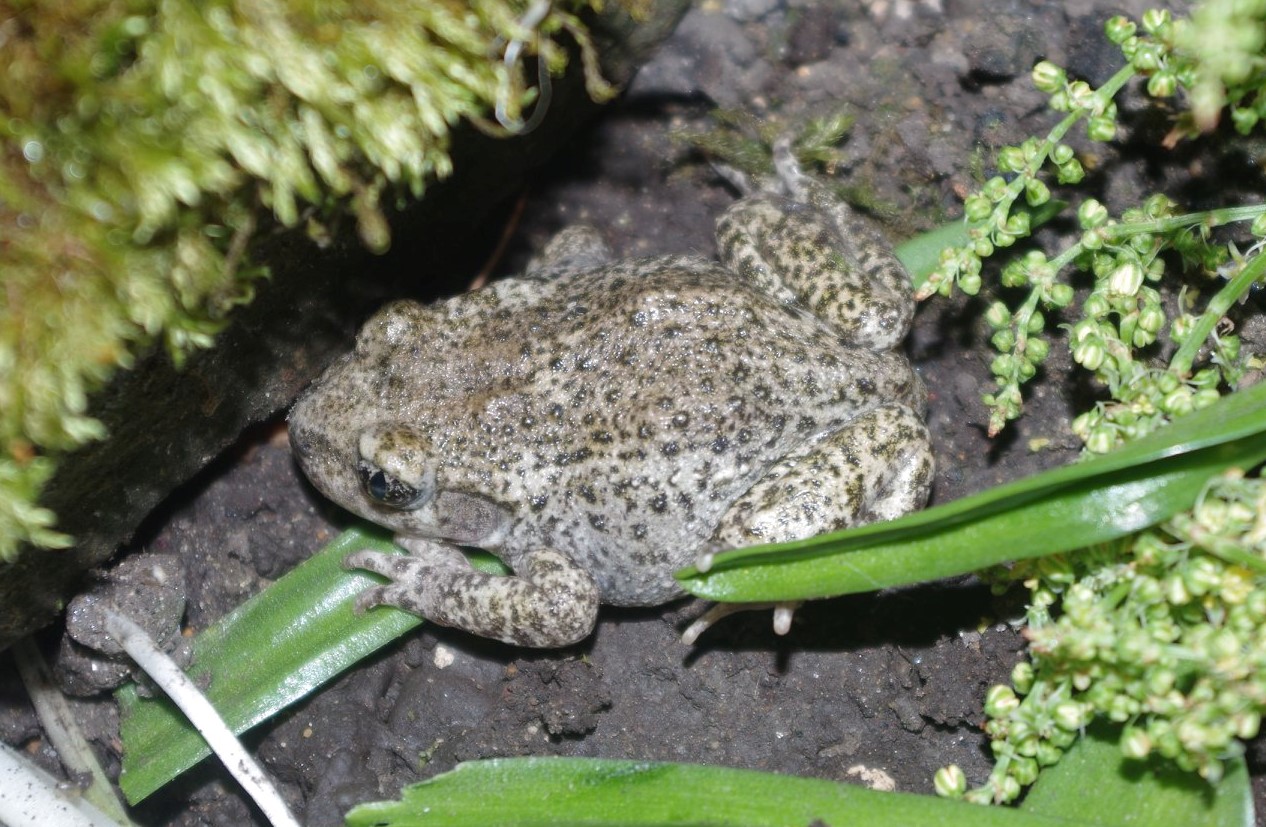In recent years it has become apparent that emerging infectious diseases threaten the global community of both reptiles and amphibians. Despite warning calls from herpetologists for decades, this threat has only recently been recognised – particularly in amphibians. As time has progressed we have learned more and more as to how these disease interact with their hosts, how they play a role in witnessed population declines and more importantly what can be done to help mitigate their impacts. Unfortunately a large number of papers are published annually on a number of topics relating to disease (mainly in amphibians) all over the world without much synergy to summarise the findings of the research.
In 2010 a summary on the major threats to European amphibians was authored by Amanda Duffus and Andrew Cunningham, published in The Herpetological Journal. Almost a decade later, we have revisited this topic to cover the vast amount of research that has been published since, as well as including reptiles. Since 2010 two major new infectious diseases have emerged, one being the salamander chytrid Batrachochytrium salamandrivorans (Bsal) and the other snake fungal disease Ophidiomyces ophiodiicola. Whilst information on both diseases are currently limited, we’re slowly learning more which is thankfully making its way into the peer-reviewed literature. The host and geographical range of Batrachochytrium dendrobatidis (Bd) has been expanded dramatically thanks to the ongoing work of hundreds of researchers across Europe. We’ve also witnessed the emergence of Bufonid herpesvirus 1 and there are probably a number of undiscovered emerging disease threats out there awaiting discovery.
Our new review summarises previous work originally covered in the previous review but also dozens of research articles that have been published since. We’ve spent hours sifting through the literature to provide the most complete and most up-to-date synopsis of emerging infectious diseases including the countries they occur in and which hosts they have been found to infect. We’d also like to highlight the fact that a number of discoveries and breakthroughs have been made thanks to multi-disciplinary teams which are a vital part of any infectious disease project. In recent times, more portals have also become available which allow researchers to upload their findings, although these aren’t currently widely used yet although they should be. Despite the fact that the prospect of emerging infectious diseases can be depressing at times, particularly when taking naïve population into account, we have to look on the bright site. As a collective group, scientists and researchers from all fields have helped to illuminate so much that wasn’t known back in 2010.
We’ve also become more aware of the potential some diseases have on amphibians/reptiles, taking them seriously instead of passing them off as a minor factor in population declines. Biosecurity has also grown in leaps and bounds as researchers have become more conscious as to the risk of spreading diseases between sites. All of this gives emerging infectious diseases a more positive outlook than one would work imagine, there are more people than ever keeping track of them, new assays and detection methods are being developed all the time, in some countries the public are aware of what to look out for in terms of mass die-offs and finally the system whole system is primed forthcoming emergences. This is both in terms of diagnostics and emergency response systems which play a vital role in the detection of novel infectious diseases. None of this would be possible without the continued effort of the army of researcher’s work we’ve cited as well as those that are only just starting to dip their feet into the subject – keep up the good work everyone!
Read the full paper HERE.
By Steven Allain
Photo: Midwife toad (Alytes obstetricans) © Steven Allain

